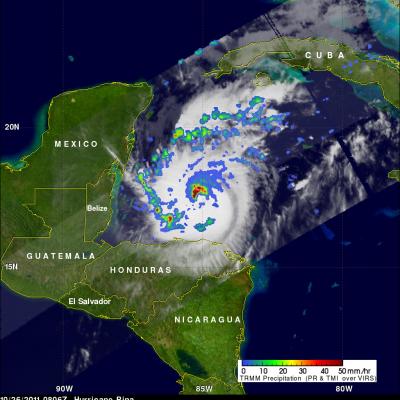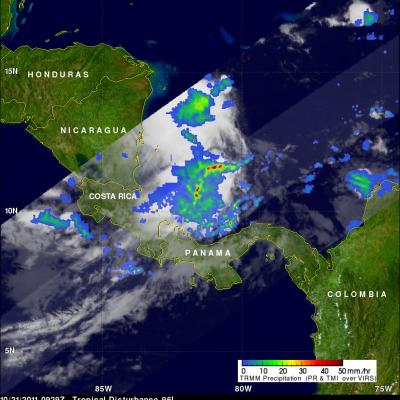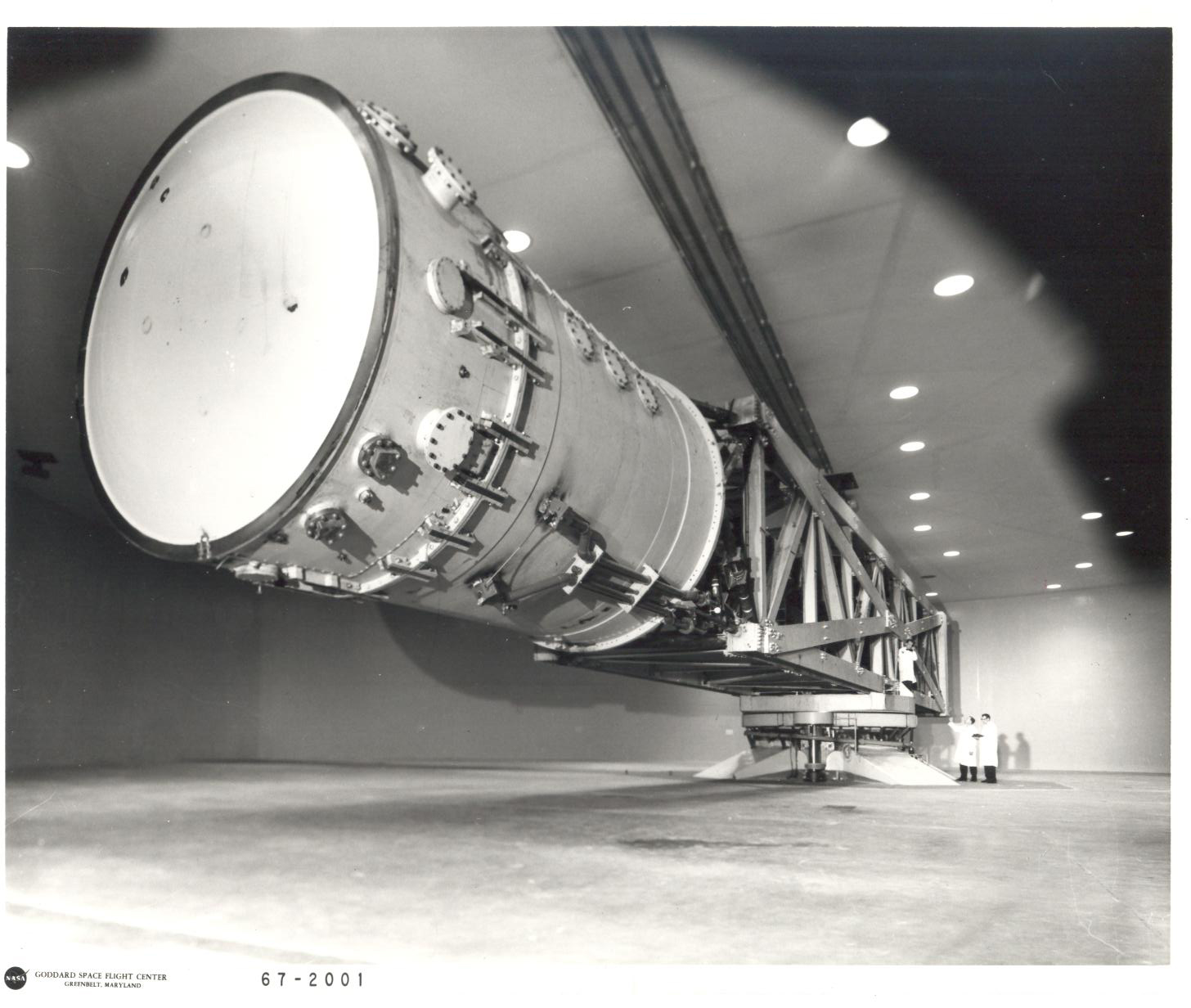Hurricane Rina Threatens the Yucatan
After a two-week period without any storms, the 2011 Atlantic hurricane season has picked up with the arrival of Hurricane Rina. Rina began as a tropical depression on October 23rd in the western Caribbean. Like many storms that form later in the season, Rina's formation was influenced by a midlatitude front that had penetrated deeper into the Tropics over warm water. These fronts can provide a focus for showers and thunderstorms that can eventually evolve into a tropical cyclone. During the peak of hurricane season in late August and September, a lot of storms form out over the central






